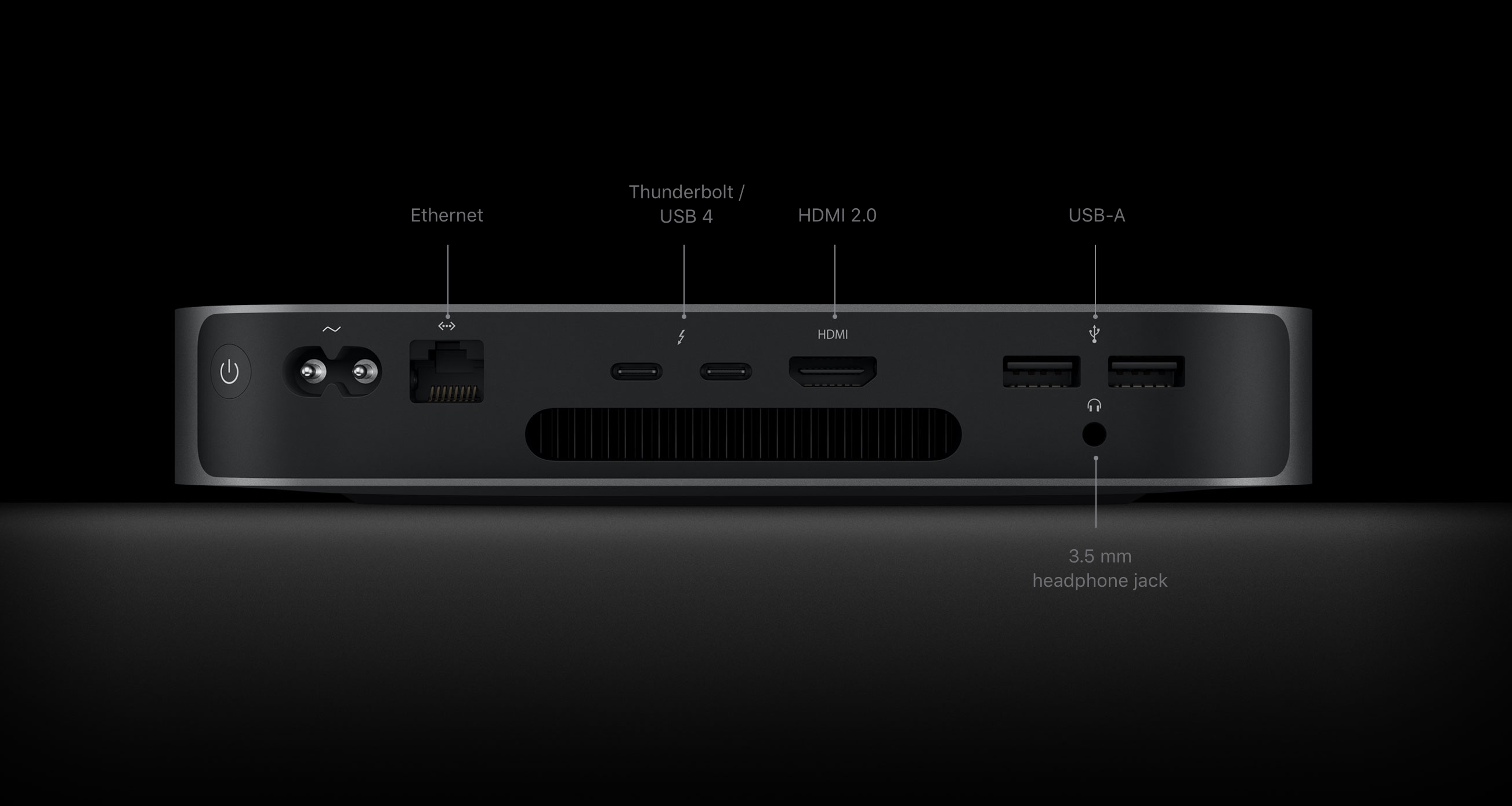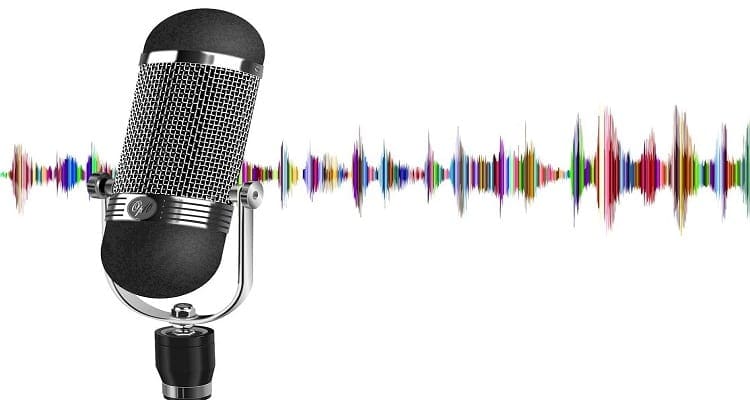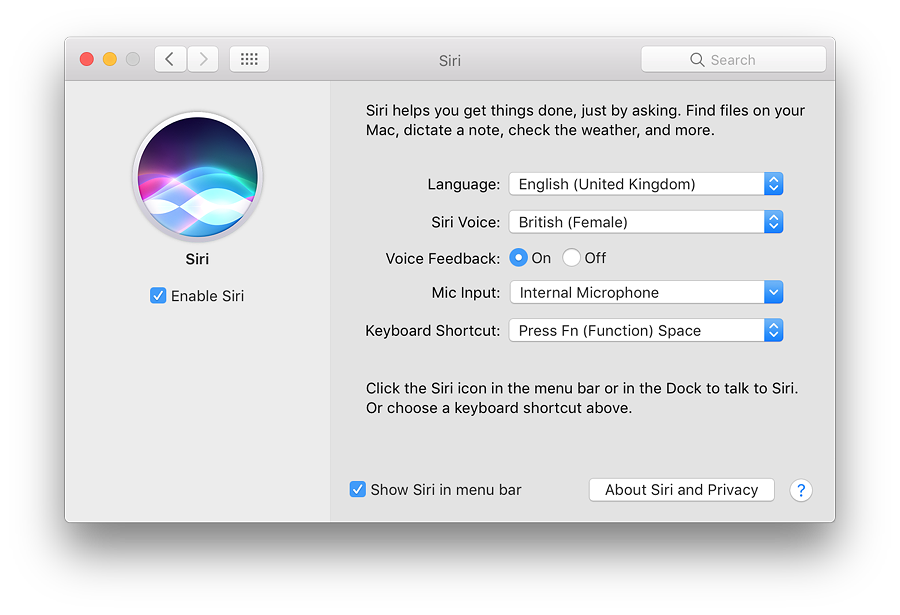
Continue selecting other tracks and choosing appropriate inputs for them. In the Info panel that appears, choose your first input from the Input Source pop-up menu-Stereo 1/2 (MOTU 828mk2), for example. Select a track and choose Track: Show Track Info. Continue adding tracks until you get as many empty ones as you need.
#Mac mini mic input mac#
GarageBand will automatically detect any devices connected to your Mac that bear MIDI inputs.Ĭlose GarageBand’s preferences and choose Track: New Basic Track to create a new hardware instrument track. There’s no need to configure MIDI input separately. Click on the Audio/MIDI tab and choose the audio interface in the Audio Input pop-up menu (and in the audio Output pop-up menu as well if you want to monitor audio from the interface).

These audio interfaces, made by companies including M-Audio, Mark of the Unicorn (MOTU), Digidesign, and Edirol, feature at least one audio input and, in some cases, MIDI in and out ports as well.Ĭhoose a different input source for each GarageBand Real Instrument track.To do so, launch GarageBand and open its Preferences menu. When you want to use that microphone, choose Aggregate Device as the input source-either within an application or from the Sound preference pane’s Input tab.Īlternatively, you can use a microphone with an XLR connector that plugs into a USB or FireWire interface. Enable the Clock option next to that device and click on Done.
#Mac mini mic input driver#
In the Structure area below, enable the Use option next to the driver used by the USB microphone (USB Audio CODEC, for example). In the sheet that appears, click on the plus-sign (+) button to add an aggregate device. From the Audio menu, choose Open Aggregate Device Editor. Launch Audio MIDI Setup (/Applications/Utilities). To avoid this issue, try the following solution. When using a USB microphone, you may occasionally encounter bursts of static. Rode’s Podcaster ( $230 online) and the previously mentioned USB.009 and G-Track allow you to control input gain.īut there are times when USB microphones and OS X 10.5 don’t cooperate. Having a control knob to adjust a USB microphone’s input volume, or gain, is helpful in that it’s less hassle than having to dig down into the Mac’s system preferences or an application’s settings. Marshall Electronics’ USB.009 ($300 online) and Samson’s G-Track ( $130 online) both offer headphone ports and provide a way to monitor sound from the mic as well as from the Mac it’s plugged into.

For example, you’ll avoid some cable clutter if you choose a microphone with a headphone port that lets you monitor not only the sound coming into the mic, but also your Mac’s audio (useful when you’re overdubbing a part, for example). It’s convenient to be able to control the input gain, as you can do on a microphone such as the Samson G-Track.Audio quality is, of course, your key concern, but there are other features to consider as well.
#Mac mini mic input software#
In most cases, these microphones don’t require any additional software to work. The most convenient is a microphone that plugs directly into your Mac’s USB port.

You have a couple of options in this regard. When you need to record a voice or instrument, a real microphone is the only way to go. Headset mics aren’t much better, since they’re not very versatile (try using one to record a guitar), and the headset microphones that people often use for Skype and iChat calls or podcasting don’t provide broad enough fidelity. It offers too little fidelity and picks up far too much room noise. But to do any of these things, you’ll need to carefully consider the type of input device that will best suit your needs and help you get high-quality sounds into your Mac.įor musical matters, a Mac’s built-in microphone is a terrible choice. You can use your Mac to record late-night jam sessions, snatch work-in-progress tunes hummed into a microphone, turn the MIDI data transmitted by a keyboard or drum pad into something worth listening to, and capture LPs and convert them into samples.


 0 kommentar(er)
0 kommentar(er)
